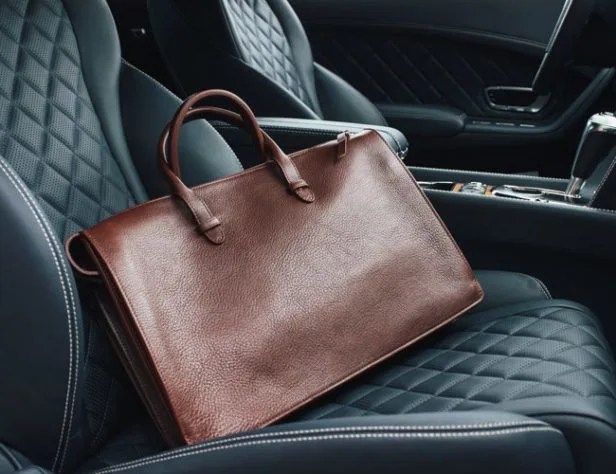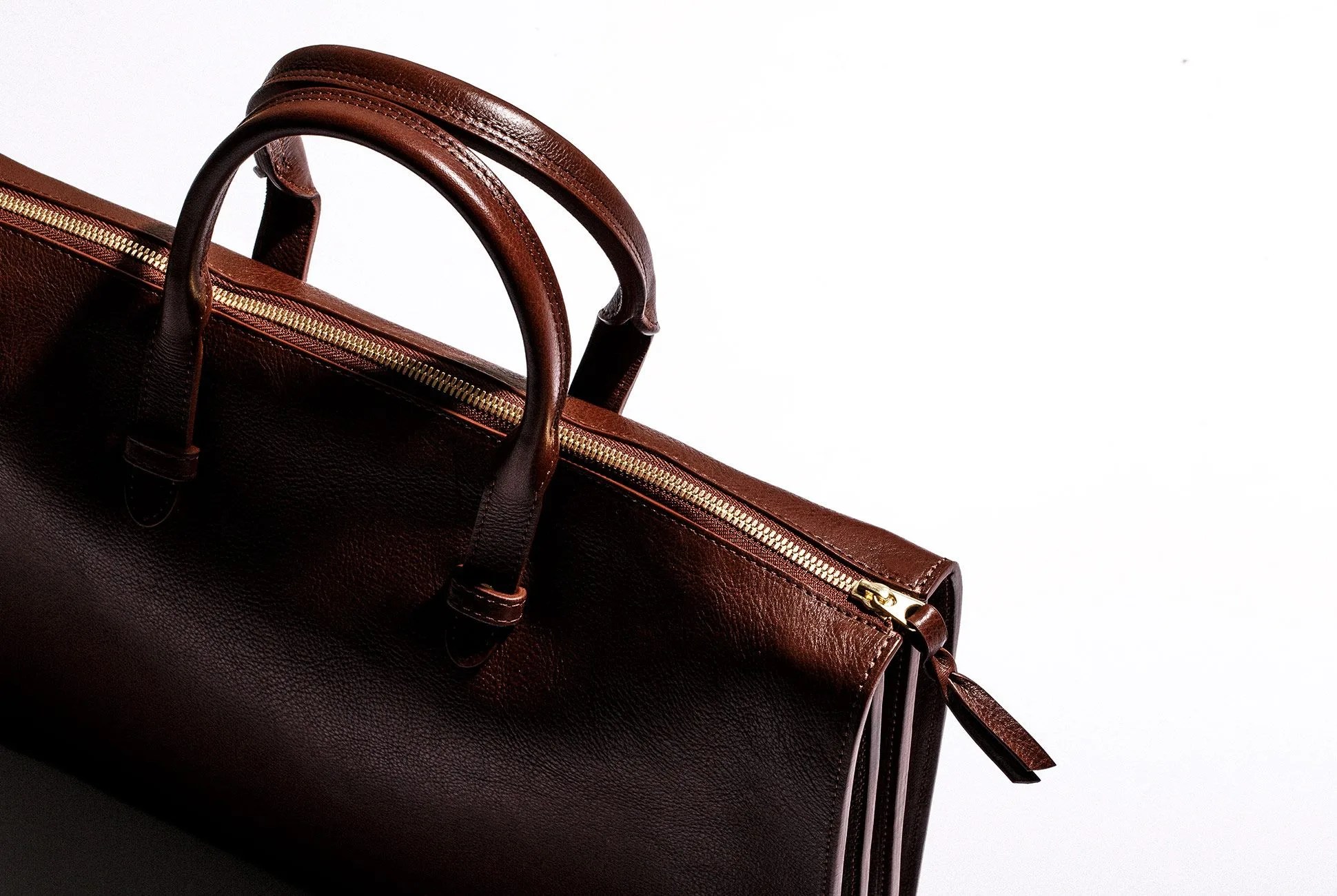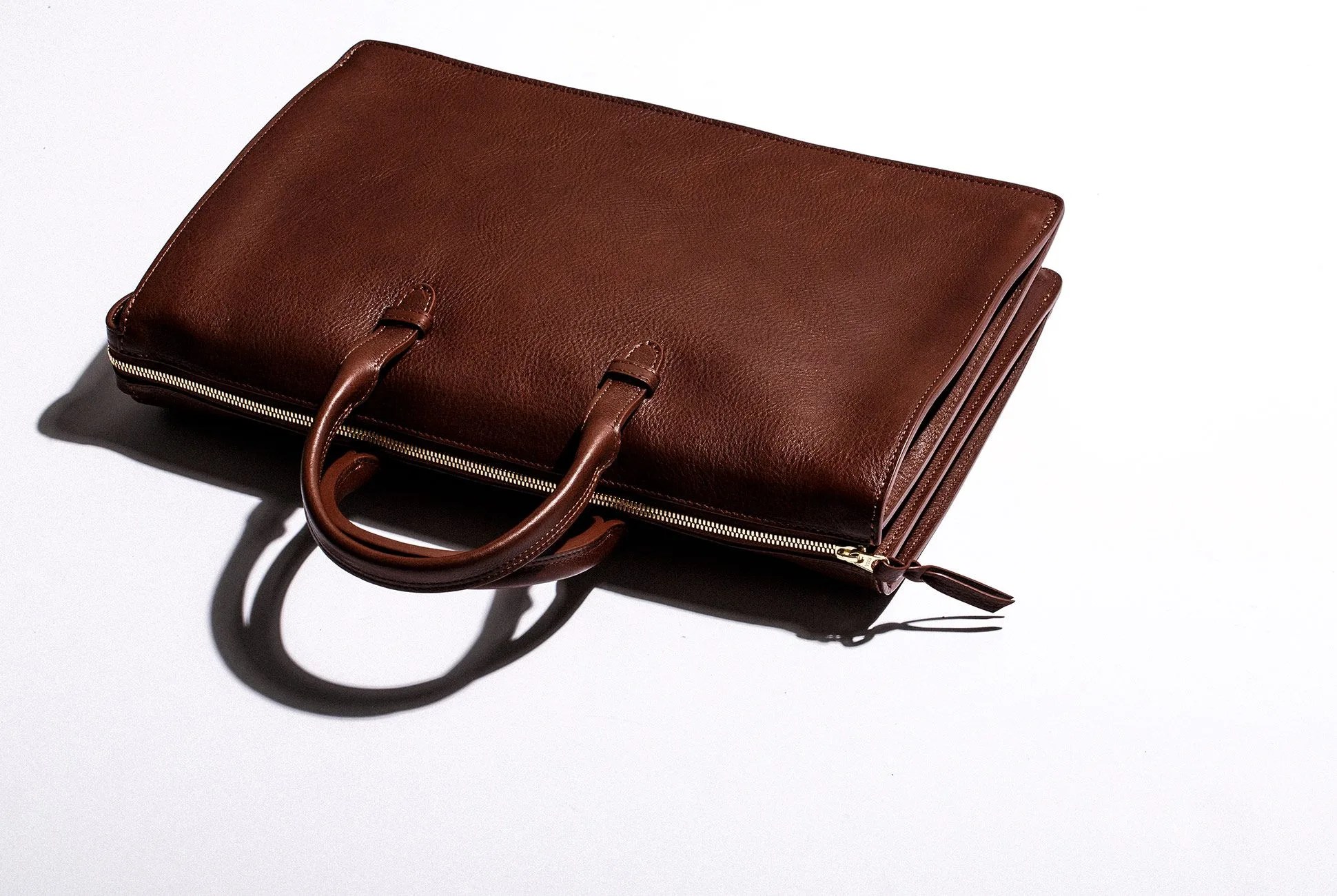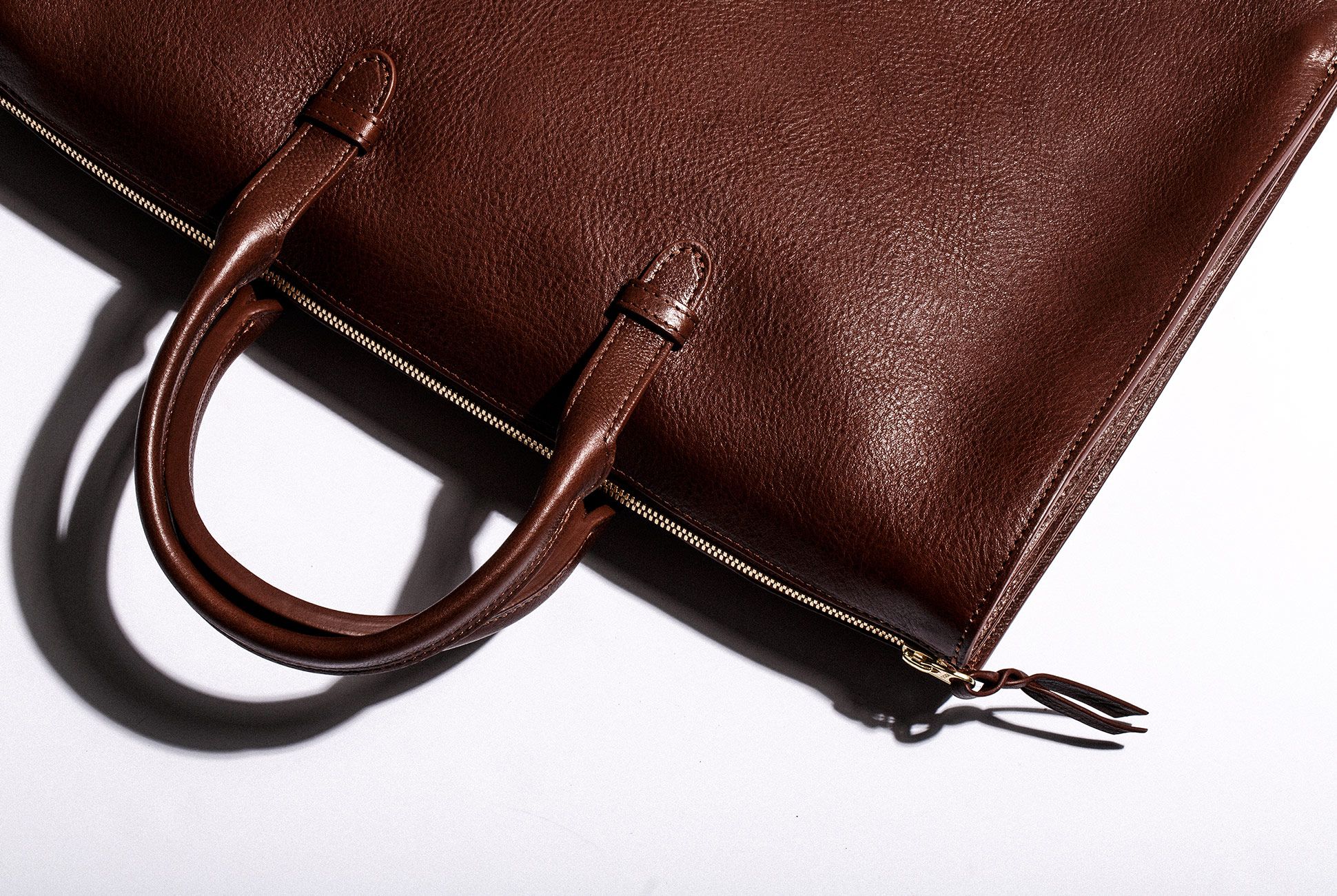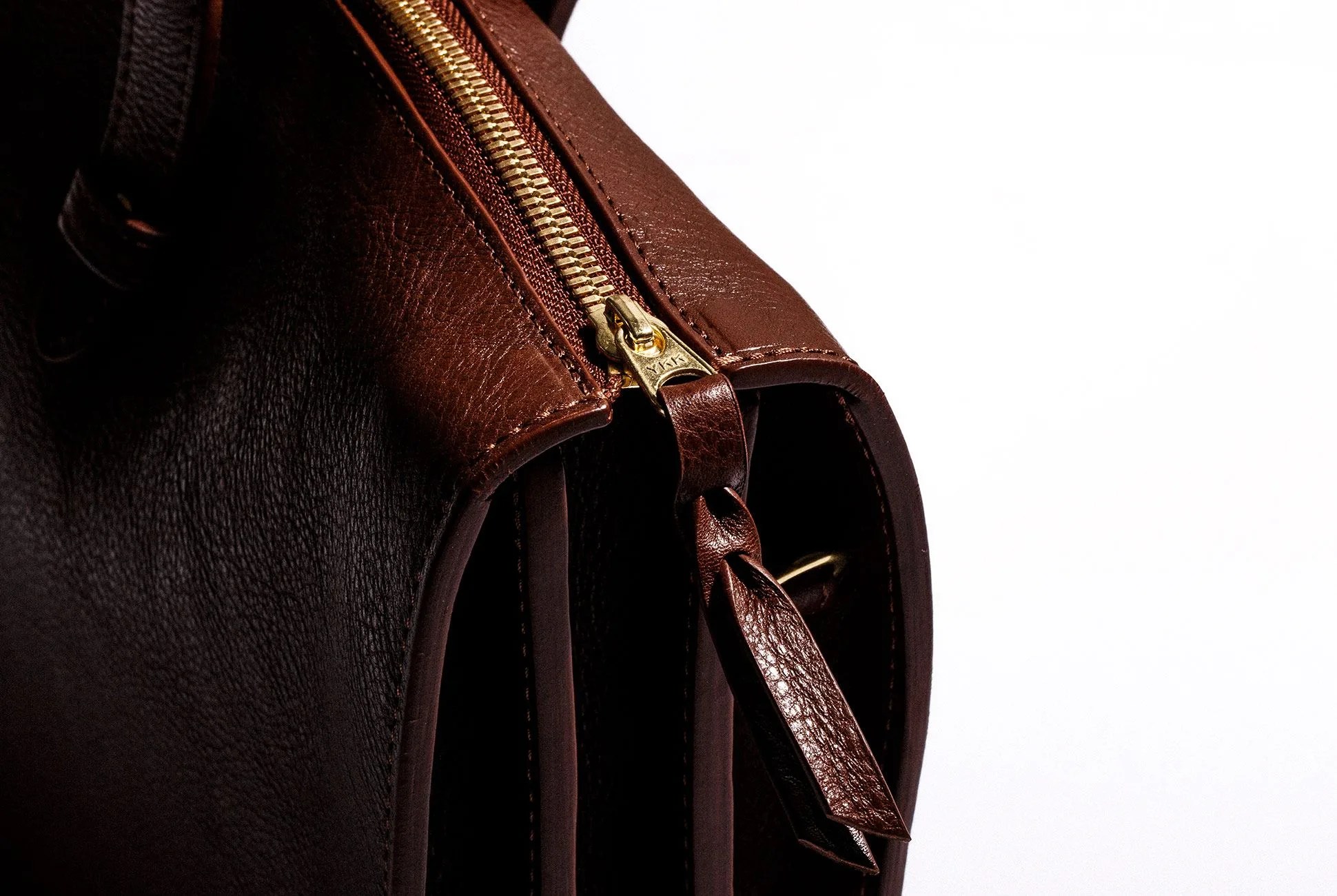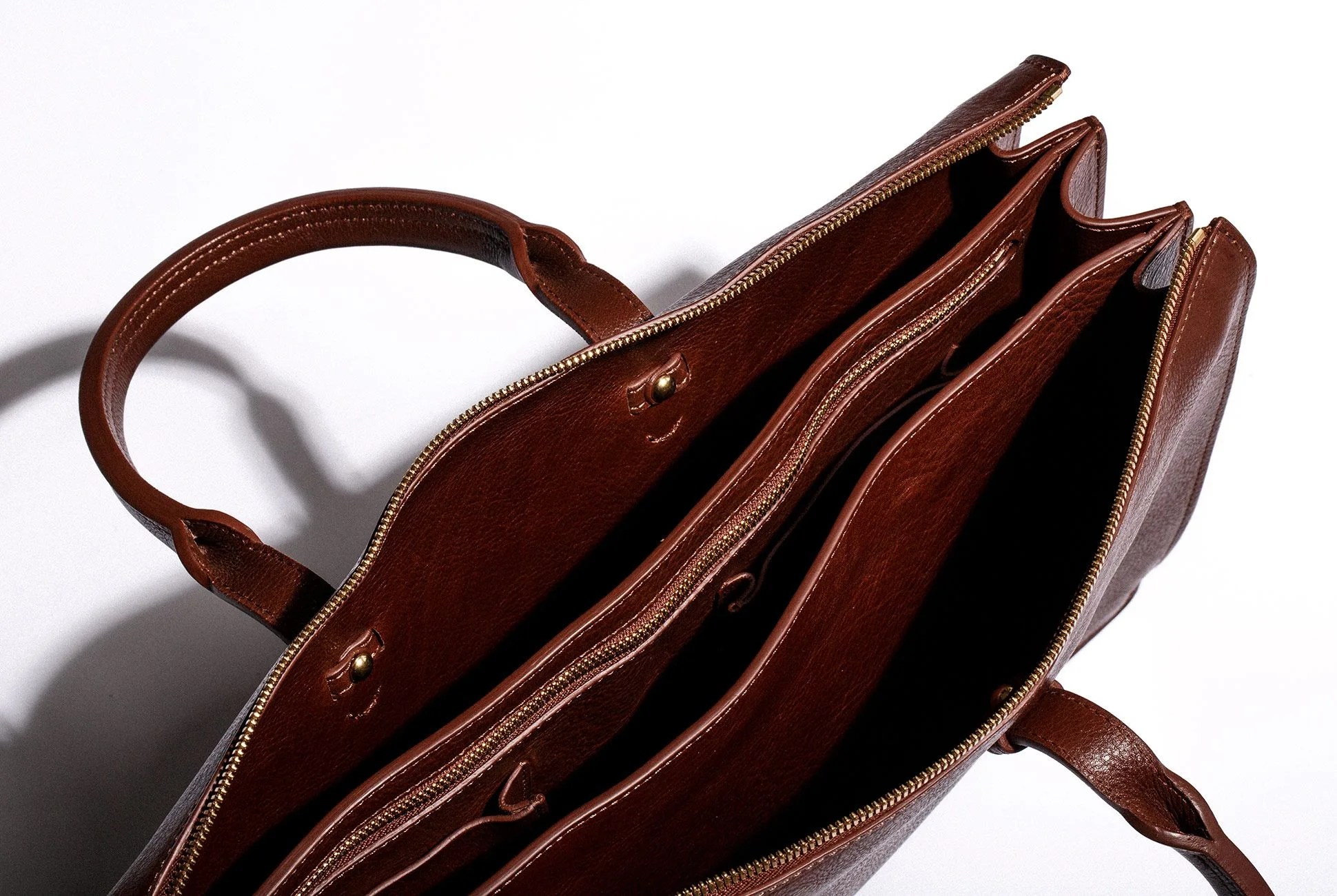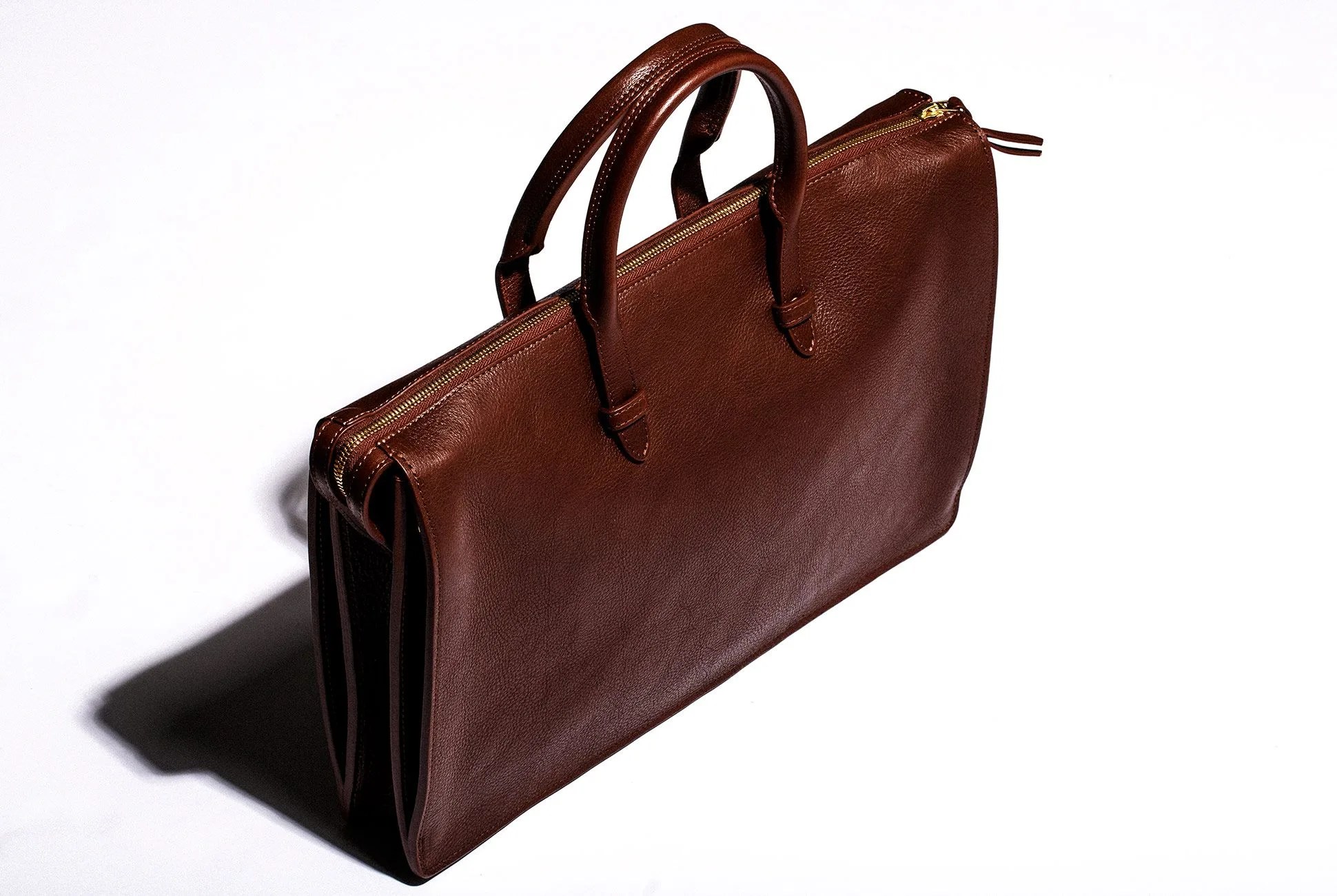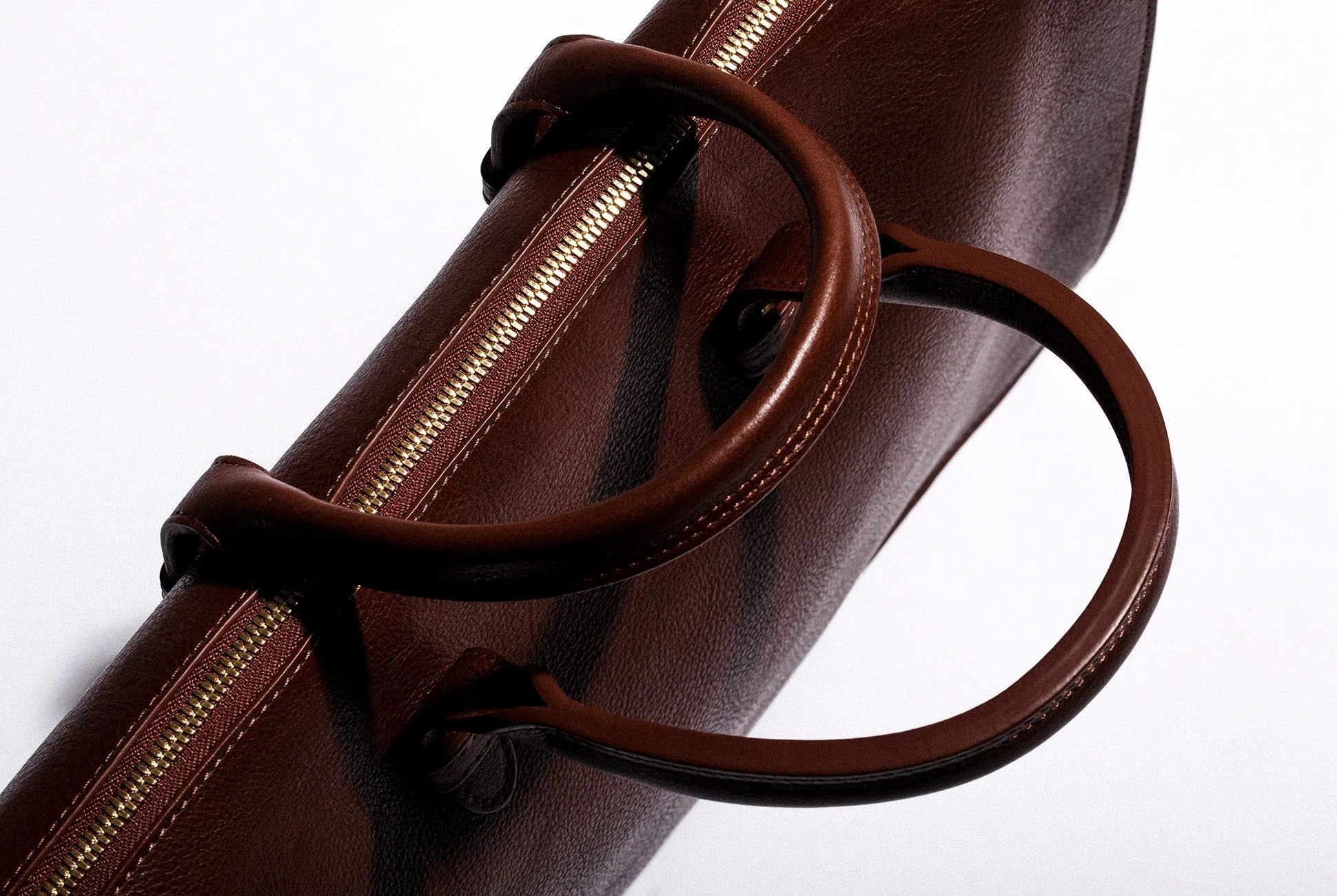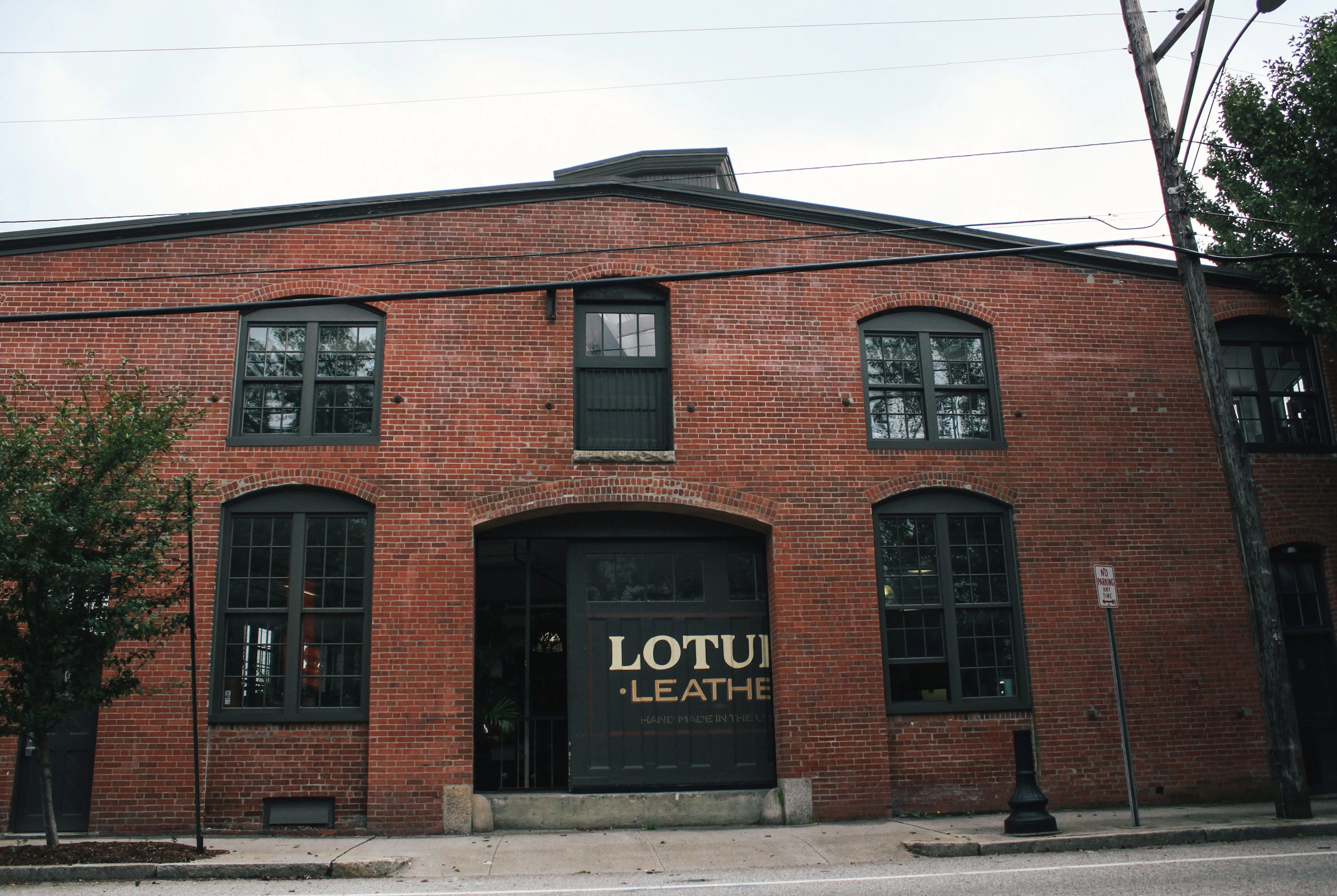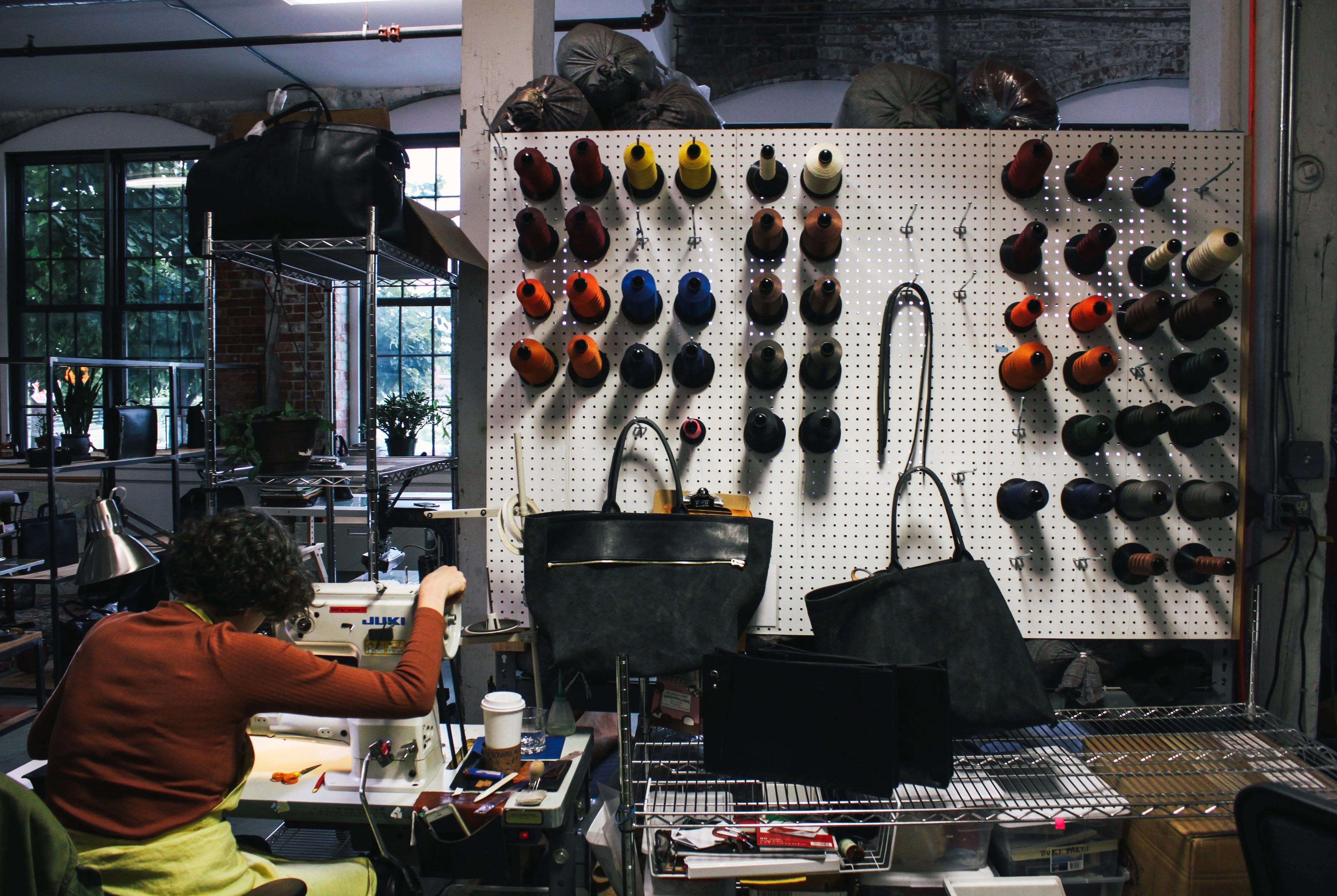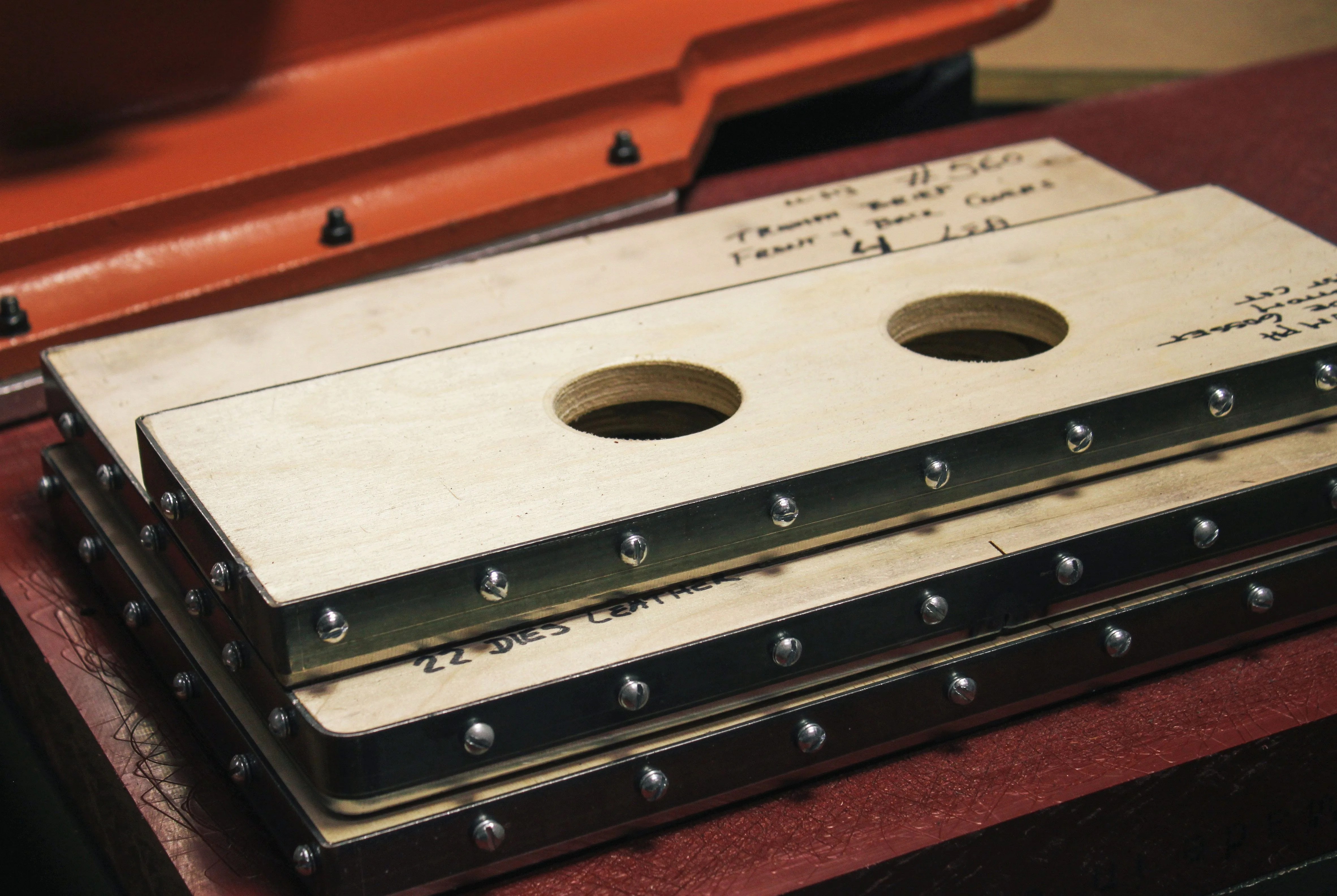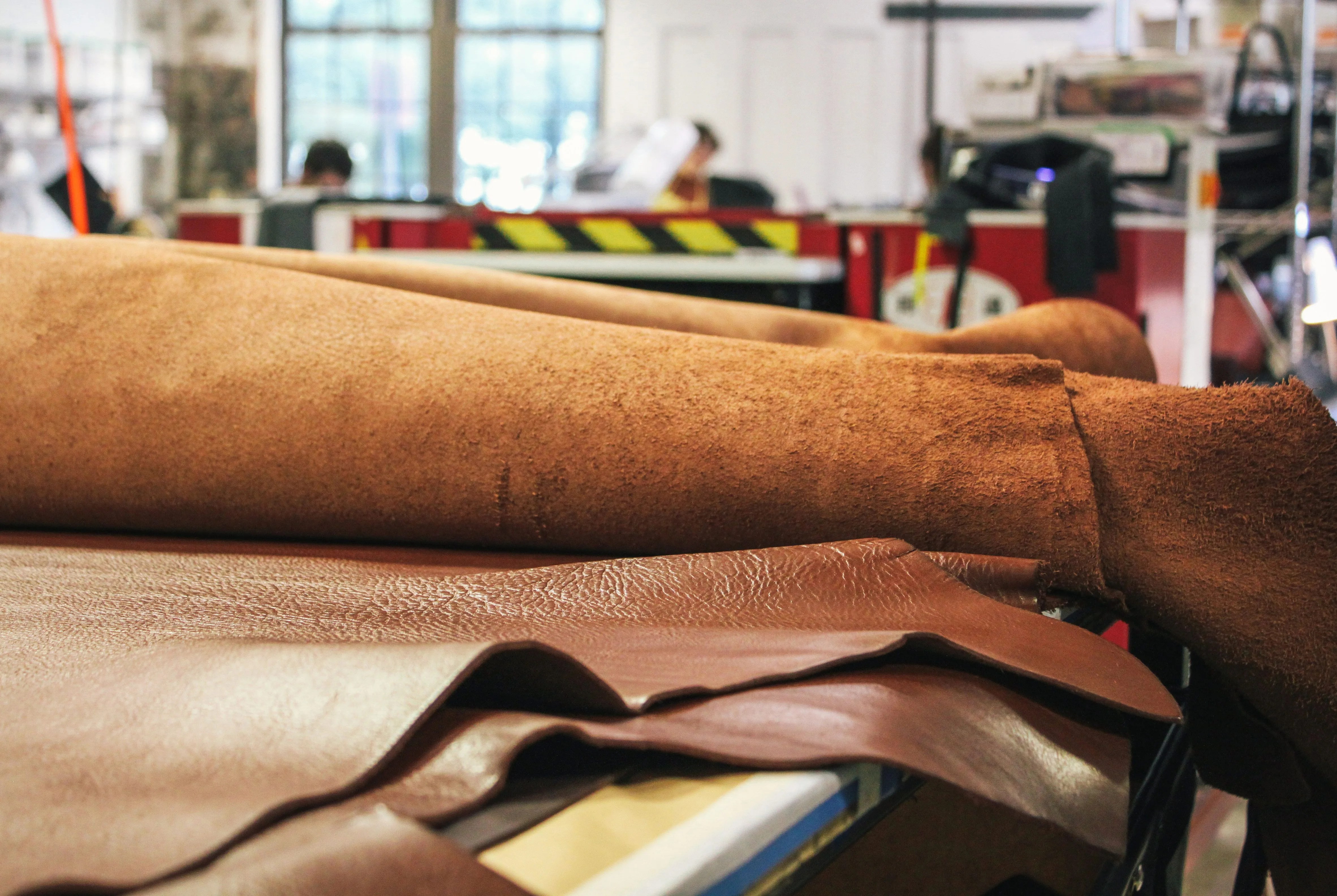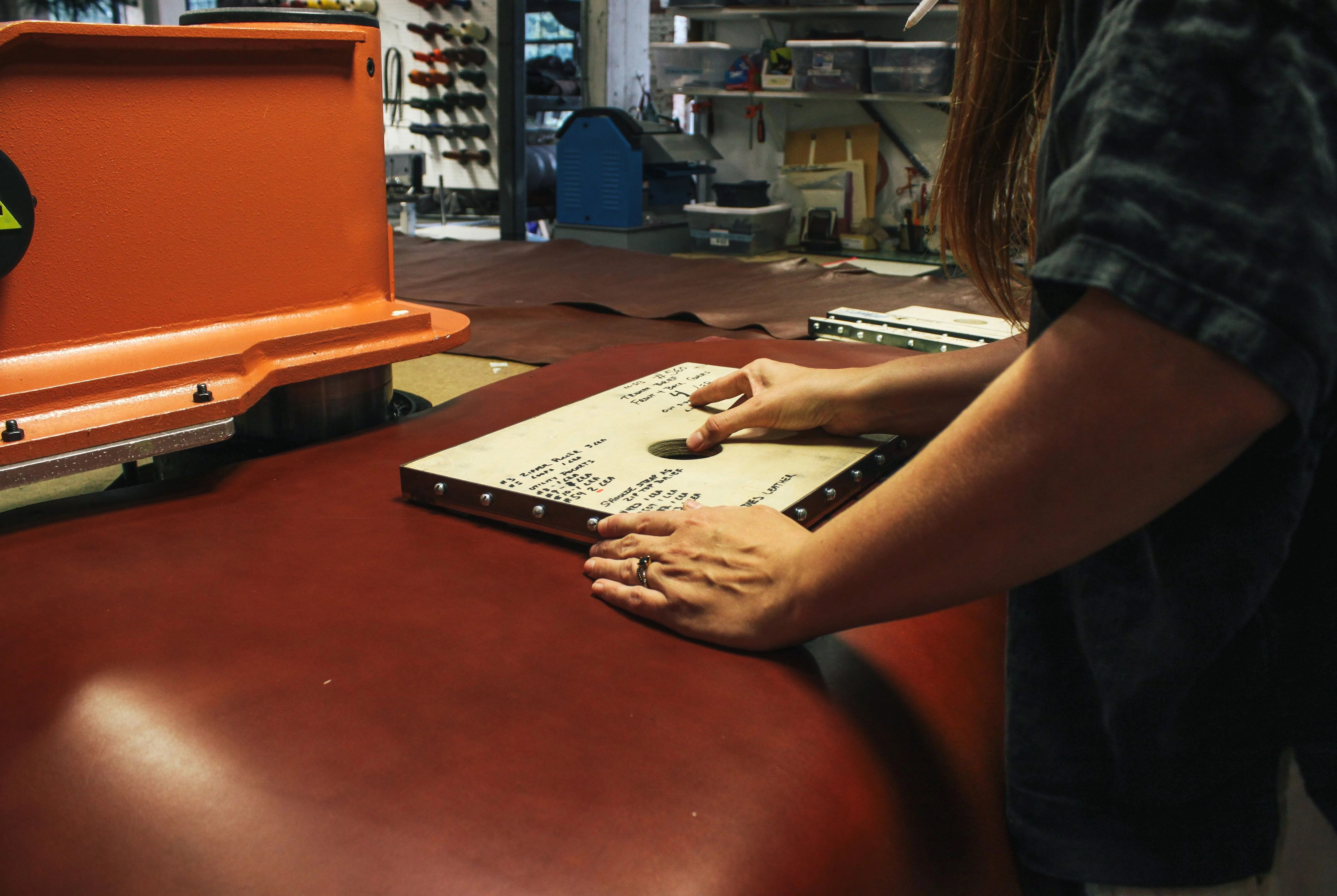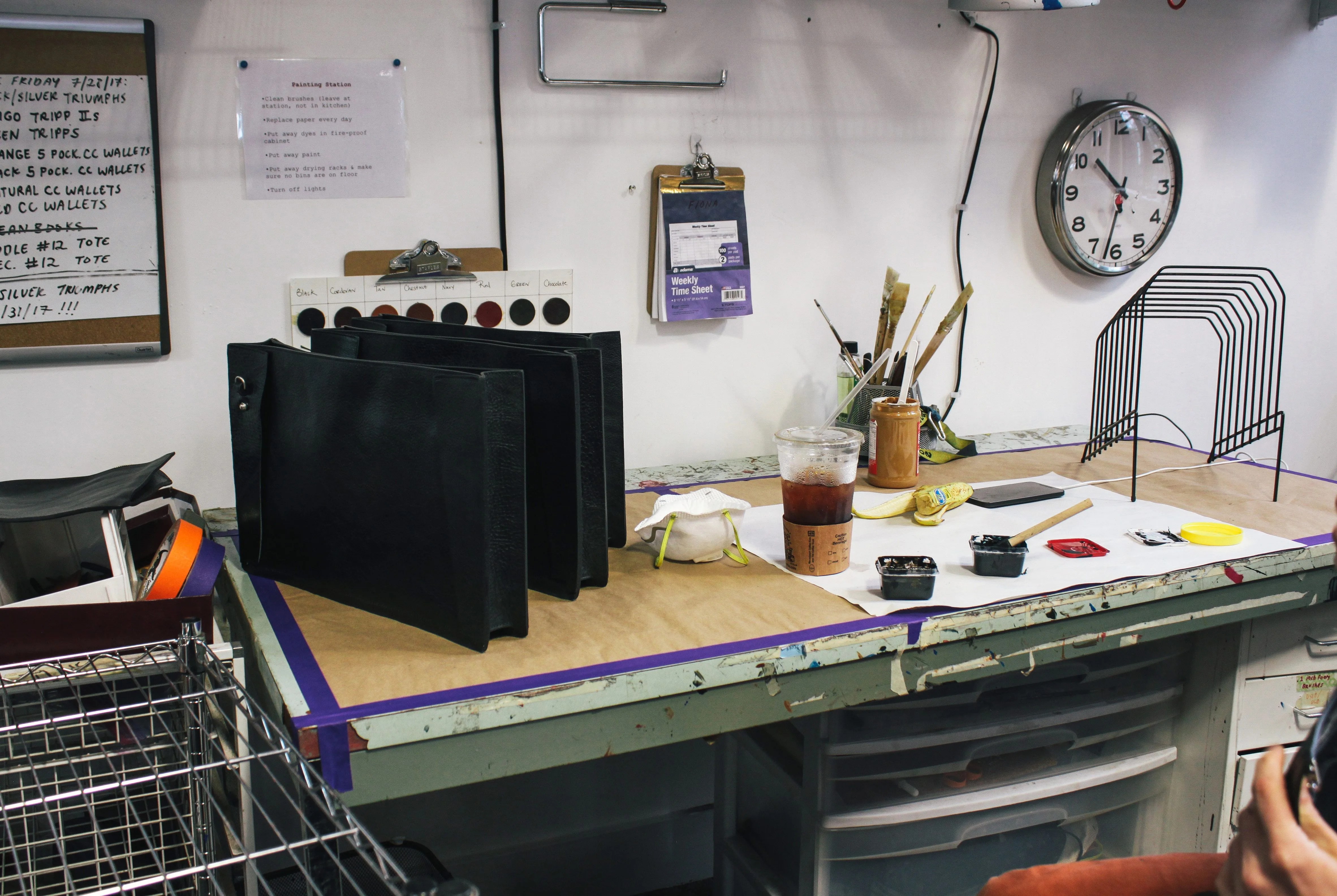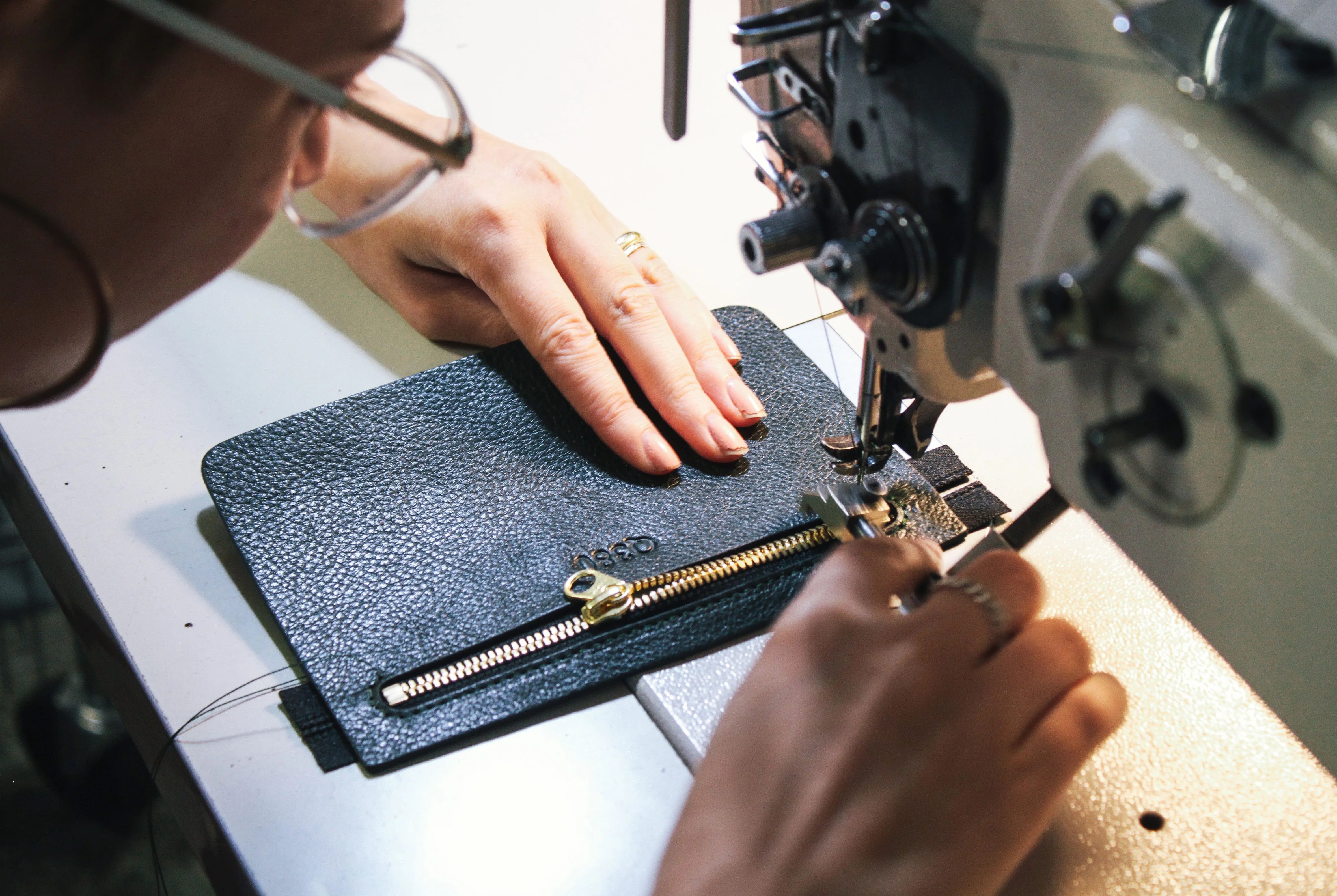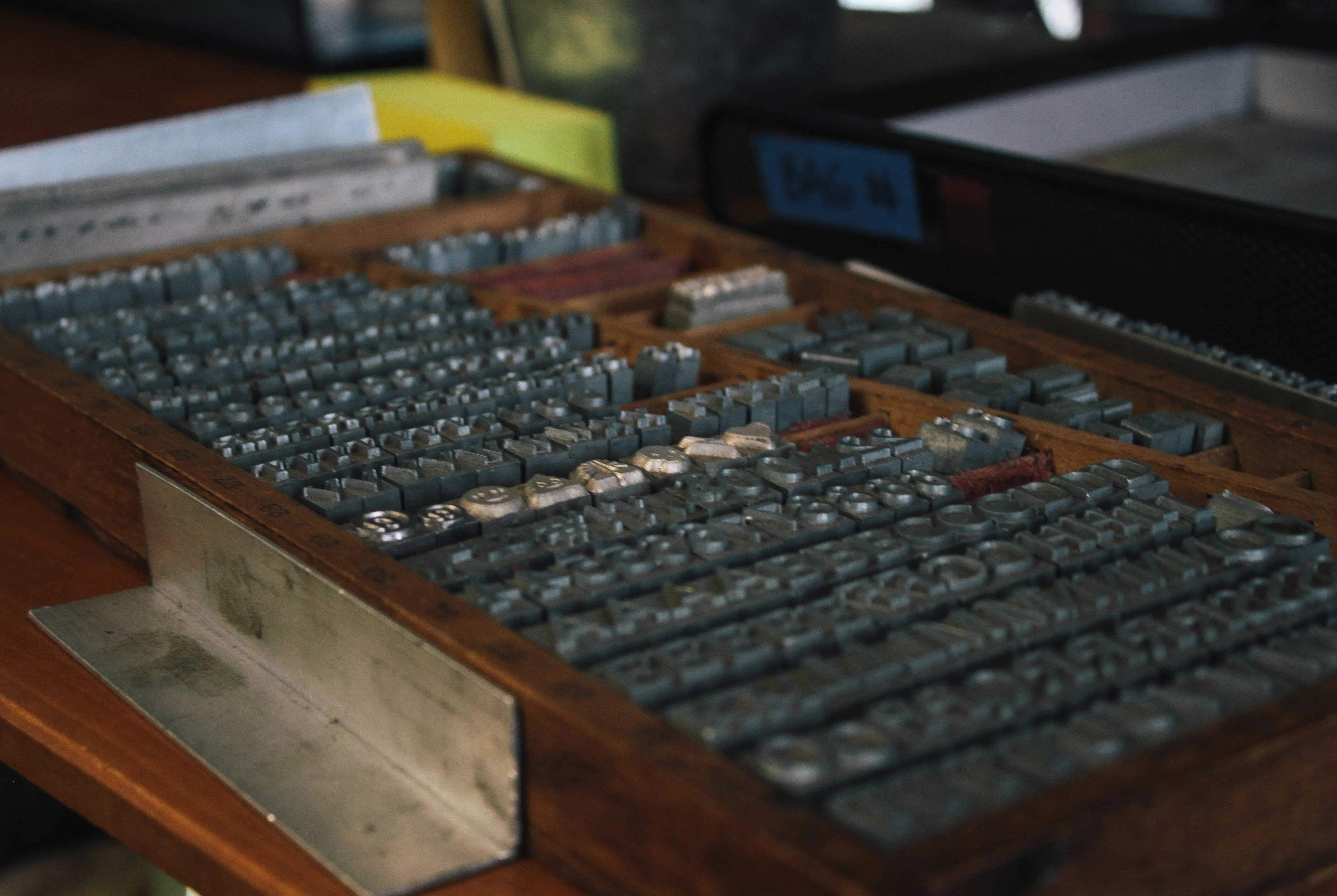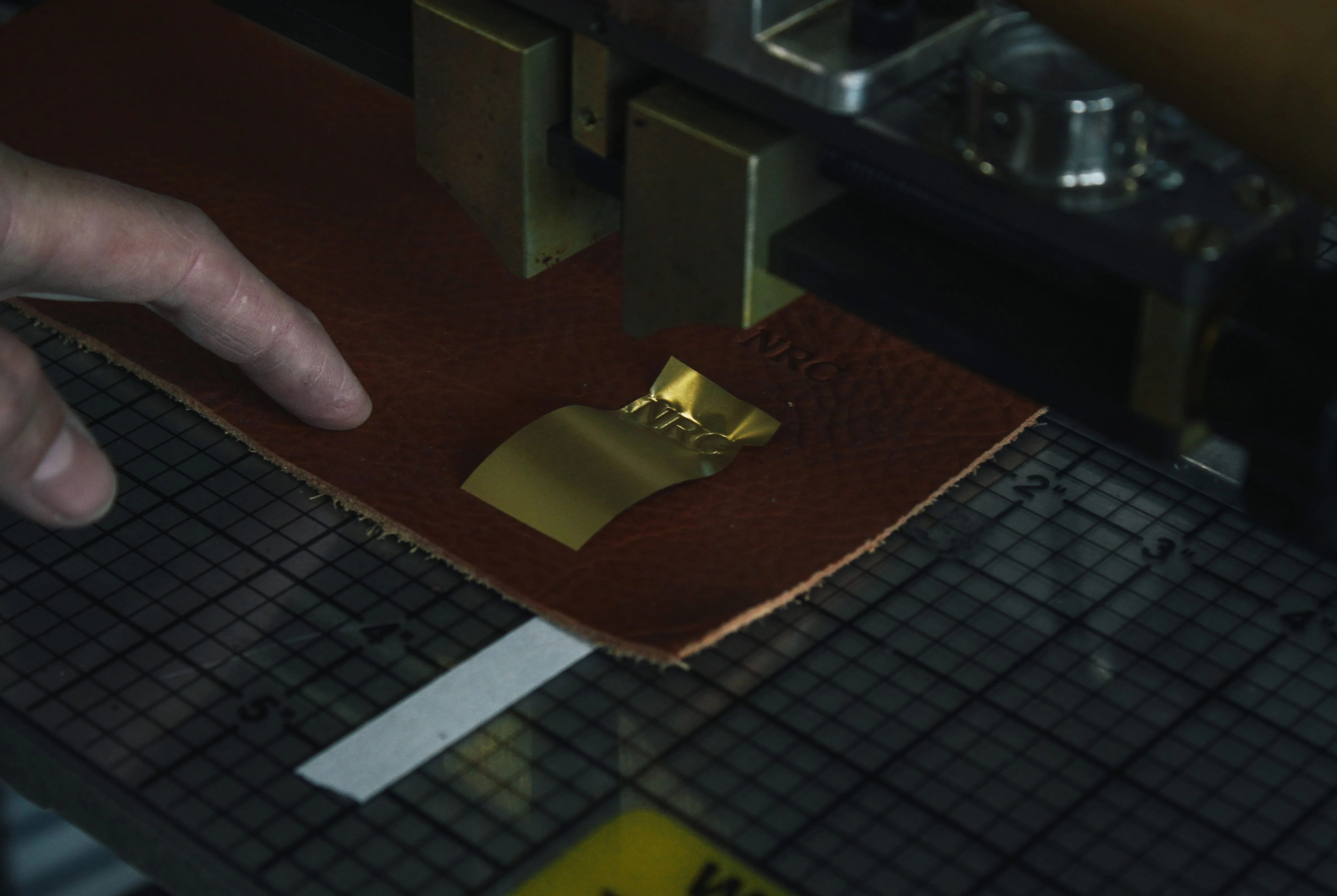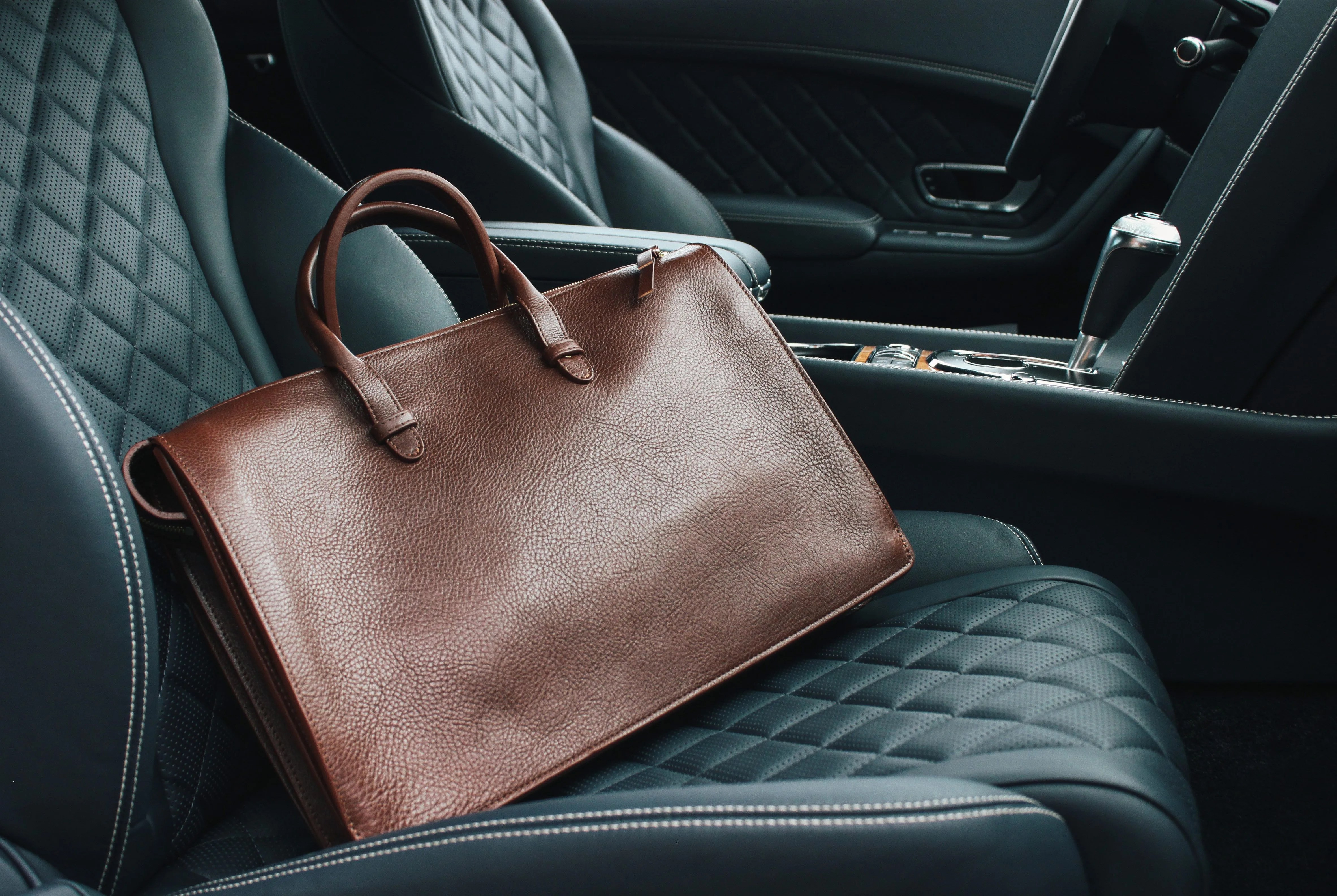8 photos
Joe Lotuff has been talking for an hour about Porsches, Indiana Jones’s luggage and treating people well. It’s a warm but overcast morning, and we are seated at a table near large windows in the Lotuff Leather factory in Providence, Rhode Island. Also present is the company’s creative director, Lindy McDonough, and brand liaison Greg Moniz. Joe holds up a brand new $750 leather tote sold by his eponymous company and says, “This is the worst this bag is ever going to look. It’s just going to get better with age. At some point, it’s going to be…’wow.’”
I’ve been at the factory for a couple hours and since setting foot in the compact, viscerally energetic, open floor-plan building, I can’t stop thinking about another bag: the Triumph Briefcase. It’s shaped differently than any briefcase I’ve seen, but I can’t figure out why. Moniz explains, “Most briefcases are widest and bulkiest at the bottom, [but the Triumph is] slimmest at the bottom and widens as it reaches the top. This creates a … slim profile but a shockingly spacious and organized interior.” There’s something about the feet too — that darker, thick rib of layered leather, smoothed and sturdy, like a sculpted callous. When I pick one up, the handles are satisfying to grip and it feels very heavy. The color is as rich as Willy Wonka’s chocolate river. I can understand the $1,200-plus price tag. But how can Joe Lotuff think it’ll ever get any better?
Most products are meant to be perfect immediately at the time of purchase: they’re meant to function flawlessly, look as good as promised and be worth the investment. Lotuff Leather has been an independent maker for five years (since the leather goods brand Lotuff & Clegg split into the companies Lotuff Leather and Frank Clegg) and its products are definitely all those things. Hold a new No. 12 Weekender, the bag that Lotuff Leather is best known for, and you’ll find yourself smugly gushing over the quality, the fragrant leather and all the compliments you receive (disclaimer: I own one myself).
“The design process in what we’re doing is … based around ‘how are they going to look 10 years from now,’” McDonough says. It’s “a lack of preciousness,” Joe adds. “That’s the difference between an old Ferrari and an old Porsche — why the old Porsche is much more popular. You can use it. You don’t have to worry about it depreciating; in fact, you don’t give a shit if it’s got 300,000 [miles on it]. It’s a point of pride. I think that’s a really cool thing.”
One by one, everyone around the table calls up cell phone pictures to demonstrate what a used — read: loved — Lotuff bag looks like. Moniz’s backpack has two years of daily use; McDonough shows off a ten-year-patina tote; Joe tells of his wife’s red bag that was forgotten outside overnight and filled with rain, then dried upside-down over a sink and entered back into regular tennis gear-lugging duty without a hitch. And to that end, these leather goods are designed not so much with the future in mind, but with strong consideration for longevity. “I think we make leather bags that aren’t necessarily defined by a time or an era. They could be here 10 years from now,” McDonough says.
There is a secret to what makes a beautiful Lotuff bag like the Triumph, however: it’s not the leather and it’s not the concept of a product’s longevity.
